A gallery from photographer Ryan “Chachi” Craig featuring the most dreamy lineups you’ve ever seen
If you spent a good portion of your time in school doodling perfect, empty waves (often of the rifling tube variety) in the margins of your notebooks, you’re not alone. It’s in the salty DNA of every surfer to dream about the idyllic waves in the world they have yet to experience and that sense of elusiveness never leaves us.
Legendary surf photographer Ryan “Chachi” Craig has devoted his life’s work to chasing and capturing the world’s most dreamed-about setups. From Australia to South Africa and nearly every wave-rich coastline in between, the planet’s most mindsurfable waves have likely been the focus of Craig’s lens at one point or another.
Below you’ll find 16 of the aforementioned lineups, many of which will have you editing your bucket list immediately. Keep scrolling to get a glimpse at liquid perfection and a bit of insight from Craig on what makes each wave so special.
All photos and captions by Craig
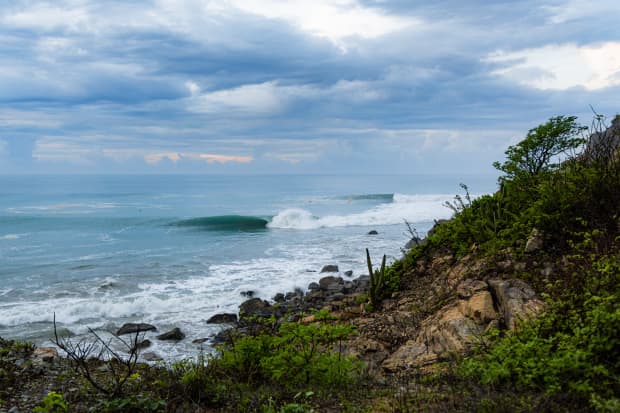
Ryan “Chachi” Craig
“Depending on the sand and the size of the swell, there are endless possibilities to score perfect waves in Mexico,” says Craig. “With a huge swell on tap, a decent-sized group of us went down there to see what we might be able to find. The first morning of the swell was huge and we arrived well before the sun even started to shine. In the hot and sticky morning hours, with the bugs swarming, I climbed a bit around the headland to scout new angles for a couple of hours. Plenty of heavy sandbar rights were going unridden ten years ago, but I’m not sure if this same scenario would play out these days.”
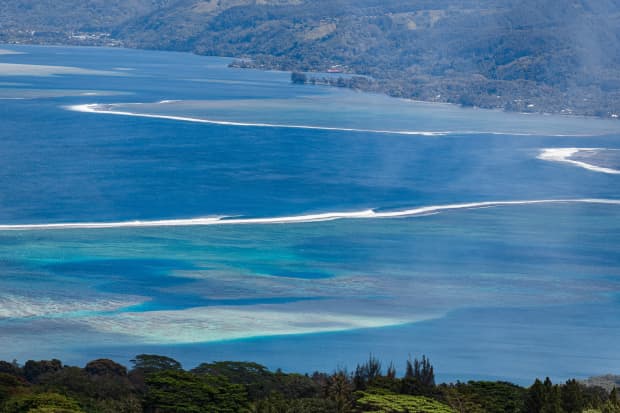
Ryan “Chachi” Craig
“The drone angle before drones existed,” says Chachi. “This could be any number of the reef passes in Tahiti, almost any/everywhere there is a break in the reef (creating a pass) is potentially a rideable wave. That’s all in theory though; you still need the right swell angles, height, period, winds, etc., which keeps the exploration and options in this part of the world really exciting!”
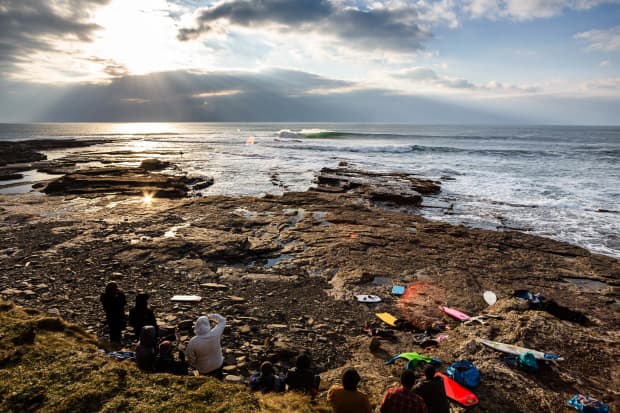
Ryan “Chachi” Craig
“On its day, this wave throws its name in the hat as one of the heaviest waves on the planet – foot for foot,” says Craig. “And once you’re back on land it’s hard to take your eyes off the sets. After a cold surf, it’s best to hang with the crew on the rocks, dry the wetsuits, bundle up in warm clothes and possibly have a drink or two. There’s something about that late afternoon light that is just so special in Ireland – assuming the sun comes out.”
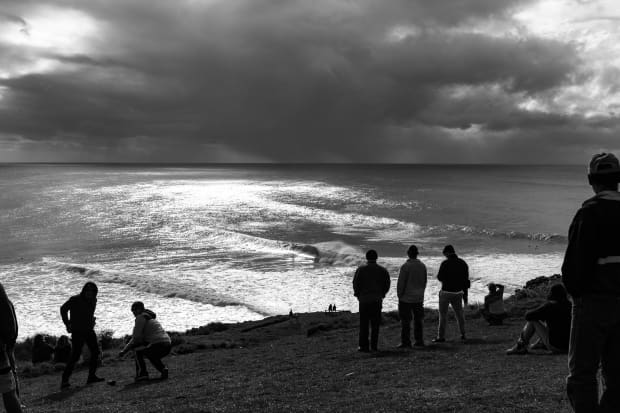
Ryan “Chachi” Craig
“Some spots just provide natural amphitheaters that make watching the waves as easy and as fun as you could imagine,” says Craig. “Pulling up to the car park directly behind where this photo was snapped, I arrived at Lennox Head in Australia to pumping surf. People were having picnics, kids were playing around and groups of people were just coming in from the surf or getting motivated to get out there. It was a fun scene – all the while the waves were pumping!”
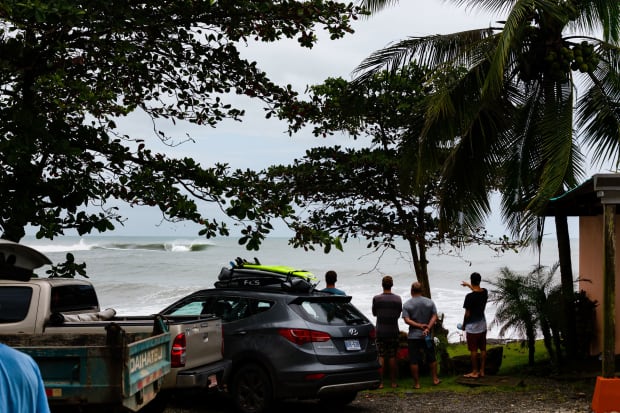
Ryan “Chachi” Craig
“The Caribbean side of Costa Rica is littered with shallow slabs that take some big forecasts and specific tides to really get going,” says Craig. “Many years ago I did a trip with Volcom and had the opportunity to get shown around by Carlos Munoz, one of the best people to be cruising with while you’re in the country. This wave was definitely showing its teeth but the guys gave it a crack and it was well worth the risk.”
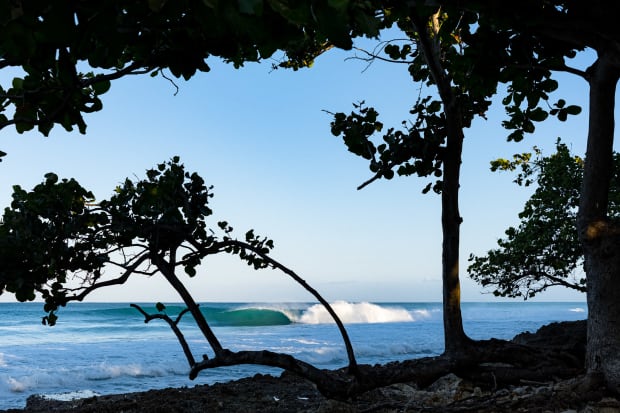
Ryan “Chachi” Craig
“On a dying swell this day in Puerto Rico, we tried to make the most of the day by getting up early and checking a few spots around the island,” says Craig. “This wave can break extremely close to the rock shelf–especially the smaller it gets–but the shape and lighting were perfect. I think we had a 3-hour window before the swell all but disappeared.”
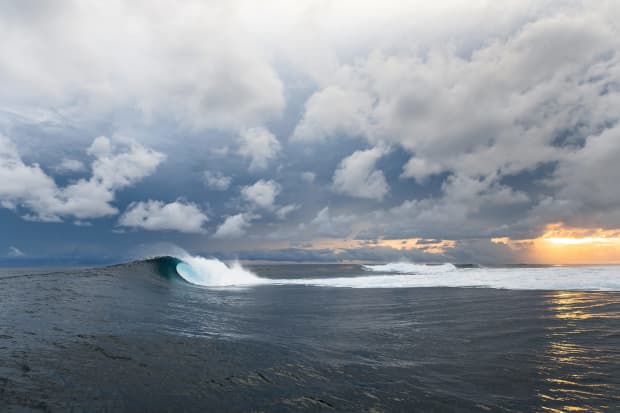
Ryan “Chachi” Craig
“The Solomon Islands are stunning and also one of the more isolated places I’ve traveled to for surf,” says Craig. “Needless to say we hopped in for a surf immediately following this picture being taken.”
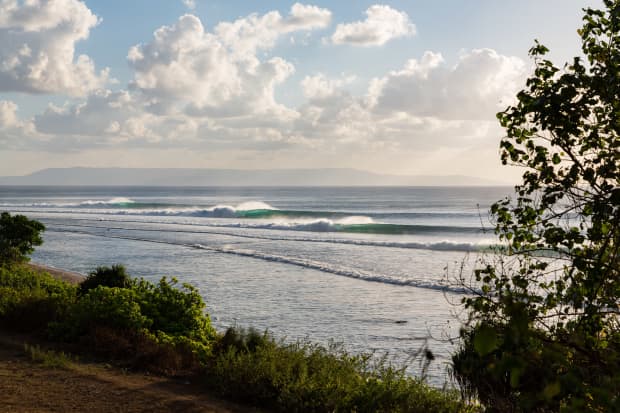
Ryan “Chachi” Craig
“I’ve been to Desert Point a handful of times and it’s not necessarily one of those waves that is guaranteed to be good,” explains Craig. “Sometimes the swells kind of fizzle out depending on the wind, and with big tide swings, the swell can literally get pulled away from the shore. This was the second day of a massive swell awhile ago and it all came together perfectly. Definitely the best I’ve ever seen it with guys getting barreled across the entire length of the reef.”
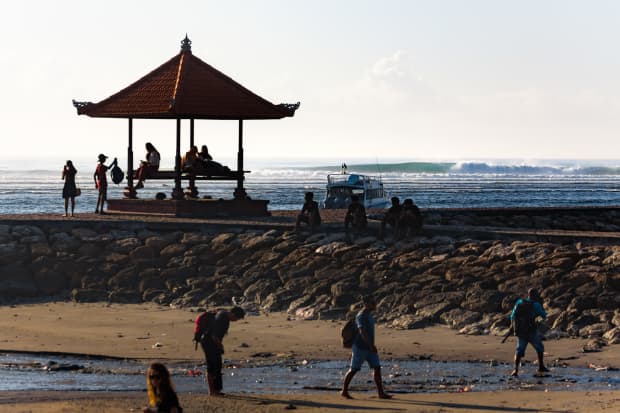
Ryan “Chachi” Craig
“Not everything in Bali is based around surfing,” says Craig. “This wave was breaking in plain sight without an onlooker around; most of the people were just enjoying the early morning sun and waiting for the boats that were taking people to neighboring islands.”
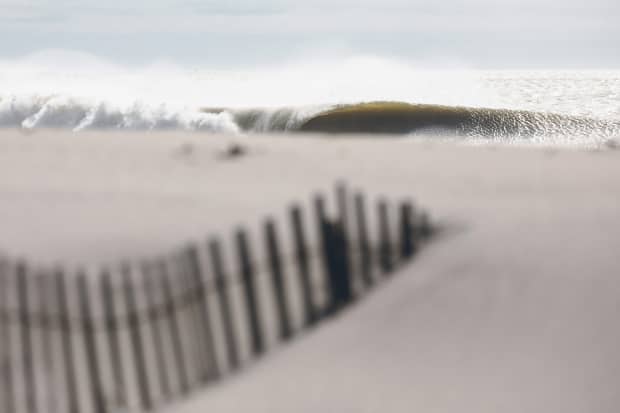
Ryan “Chachi” Craig
“Growing up on the West Coast, my idea of the East Coast was that it was just a bunch of tiny waves around Florida and further north,” says Craig. “For the longest time I had no idea there were waves in New York in any capacity. Fast forward a few years, back when I finally went over to see what Long Island looked like during a hurricane swell, I realized that not only were there a lot of amazing setups but there were better tubes in NY than most of the beaches around where I grew up.”
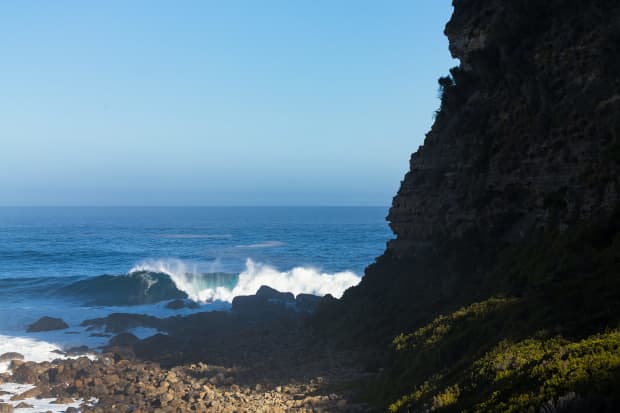
Ryan “Chachi” Craig
“Shooting Shipsterns Bluff from the bottom of the trail–where you walk in–can give the death-slab a slightly less intense feel, even though it’s a wave of massive consequence. It’s a gorgeous walk through a well-maintained national park that eventually leads you to the wave. With the exception of the surfers that arrive via boat, you feel completely isolated and small compared to the thousands of acres of pristine forest and coastline surrounding the spot.”
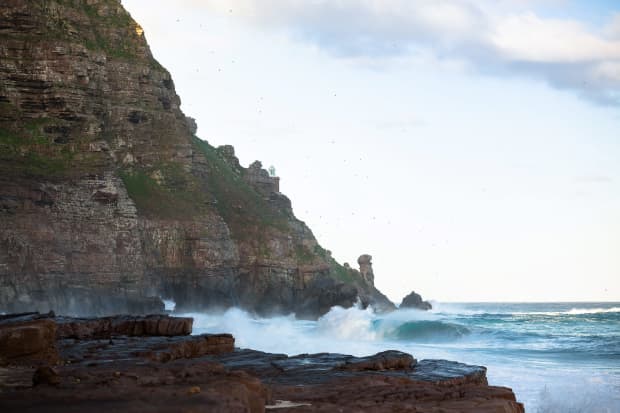
Ryan “Chachi” Craig
“It should come as no surprise that the bottom of the African continent is exposed to huge storm systems spewing a ton of waves,” says Craig. “It’s more about finding the right windows of weather to get your surfs–and this is especially true in Cape Town. This lighthouse is at Cape Point which, on its day, is a heavy beachbreak, but I was more interested in this left-hand slab that was breaking in front of the rocks on the opposite side of the beach. I don’t know if it’s a spot that people actively surf because it’s certainly a double black diamond type of wave.”
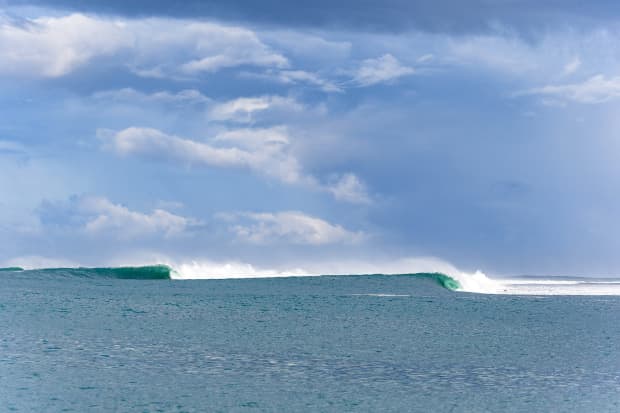
Ryan “Chachi” Craig
“This was the swell of all swells at Lagundri Bay and all eyes were focused on the world-class talent that was surfing the main break,” says Craig. “On the right set though, the top of the point (which is a separate reef from the main wave) had some crazy waves that came through, like the one you see above. Although it is technically rideable, there are huge consequences if you were to fall; the reef literally comes out of the water about 10 feet beyond where the lip lands. But the mind surfing is endless!”
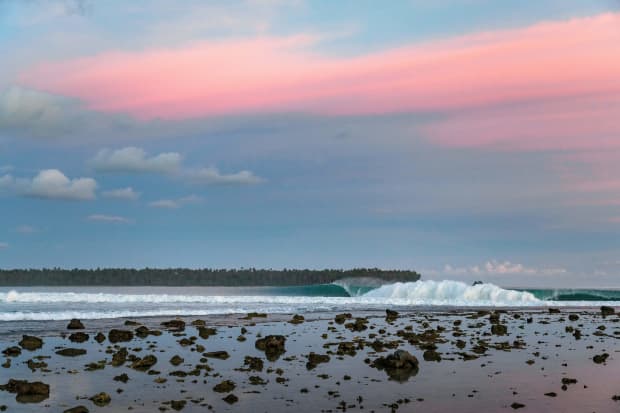
Ryan “Chachi” Craig
“Lagundri Bay is the type of wave that you drew on your notebooks as a little kid,” says Craig. “The whole layout of the place is surreal. It’s a big bay so you can walk all the way to the top and enjoy looking at the side angle/back of the wave or be hanging out in one of the hotels, relaxing in a hammock with a beer in hand or a smoothie.”
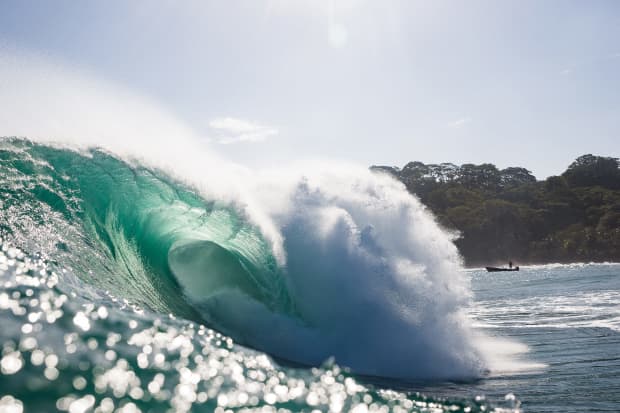
Ryan “Chachi” Craig
“When the swells get big, this reef stirs to life,” says Craig of Bocas del Toro. “And there’s a good chance you’ll be surfing with only a few other souls around. Plenty of other more entry-level waves are also in close proximity, so you can choose whatever is best for your ability level when visiting Panama.”
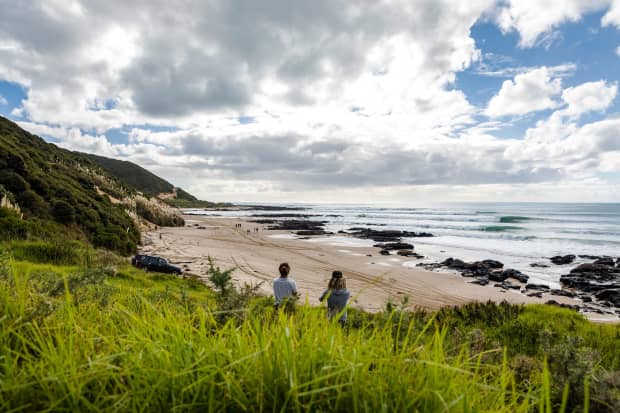
Ryan “Chachi” Craig
“After a short beach drive and then a slow crawl over some rocks, you’ll park your car about half way up this never ending point,” says Craig of this New Zealand gem. “From the vantage point up the hill, you can see 6-8 waves wrapping from the top, well past the left part of this frame. New Zealand is known for having incredible pointbreaks and this one was truly a sight to behold.”

